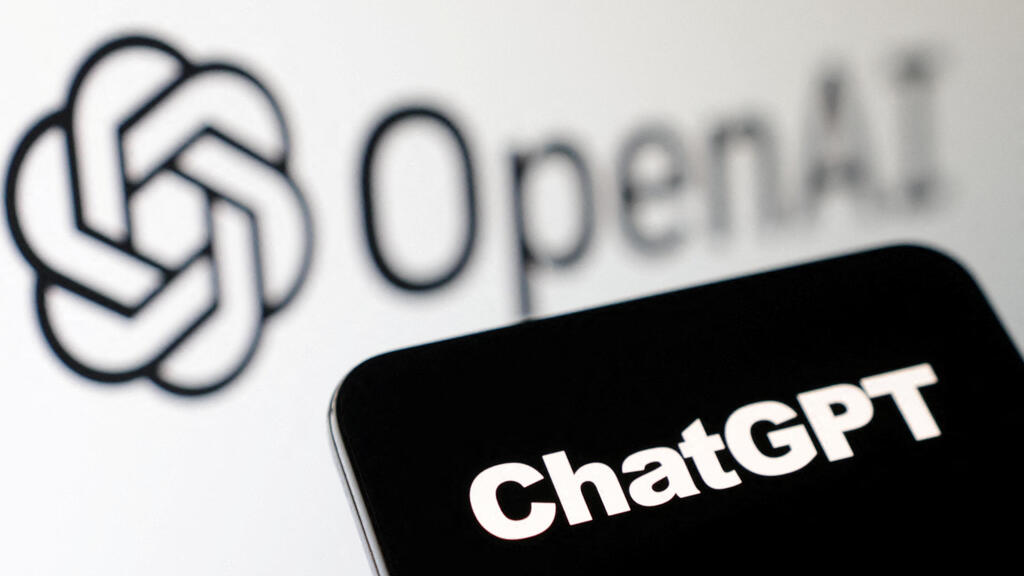Getting your Trinity Audio player ready...
A new recently launched Israeli project is now attempting to combat Holocaust denial online by giving users a way to convey fact-based information based on the generative AI engine ChatGPT.
Other stories:
"Hundreds of posts are being shared daily with varying levels of antisemitism and Holocaust denials on social media today," explains Ofer Nidam, an aerospace engineer, entrepreneur, and head of the SAVEE project. "They reach 7 million people a day. Almost 80% of them remain online forever," he adds.
"Although millions of people are exposed to these types of posts daily, those who usually respond to them are Jews and Israelis who encounter them. But their impact is very small because they’re not exposed to most of these posts, and even when they are, the influence of a Holocaust denier who has millions of followers is much greater than theirs."
The project began as part of a hackathon aimed at supporting and improving the quality of life of Holocaust survivors, alongside Holocaust education and memory – which was held for the third time in March.
“I heard about the hackathon, and the topic sounded important to me,” Nidam says. “After I signed up I joined up with 2 other programmers who didn’t show up on the day of the event. So, I teamed up with five other people during the event and we brought up the idea after brainstorming for two hours. Some 30 hours later, when we presented the demo to the judging panel, they were shocked to know we only met for the first time a day earlier.”
The new project won first prize in the event after the demo presented a bot you can tag on Twitter that composes answers to posts made by Holocaust deniers. Now, the project aims to expand further.
So how does it work? Given a post with false information regarding the Holocaust, in the first stage, SAVEE analyzes the post’s content.
The analysis is based on Botify, a project by Eliyah Livshitz, one of the project’s team members, which allows for the creation of document-based bots and operates using the ChatGPT API (Application Programming Interface).
"We first try and understand what the post is talking about, for example, Christal Night, ghettos, and more," says Nidam. In the next stage, the tool is asked to formulate a response to the claim based solely on pre-defined reliable sources, such as the Yad Vashem website. "One of the things we want to ensure is that what we say is 100% reliable," he explains.
Accuracy isn’t the only important parameter for the answer. "The system's response should meet several parameters - it should try to use considerate and gentle language, without sounding judgmental or combative.
“Our goal isn’t to convince the people who are behind the posts," Nidam says, "but to reach people who are exposed to them. A positive response that tries to highlight the causes for mistakes made so that people think twice about what they should believe," he says.
"Our current goal is to build a powerful tool for people who are exposed to such posts on social media. An add-on that can find sources of information, formulate the answer for them and provide them with a visual display so that they can copy and paste a winning answer against disinformation on social media.”
“The advantage of the bot we developed is that it is very automatic, you don't have to do anything other than tag it,” Nidam explains. “But if we want it to work on every social media platform, it requires building a new system for each one, while a simple add-on connects to the browser independently and opens when we need it.”
“This also has a drawback,” he says. “Many social media apps are on mobile and the bot isn’t integrated there. But currently, there aren’t enough people fighting the overwhelming amount of disinformation on the platforms, and we can give them the tools they need to do so.”
Do you analyze the information using ChatGPT's API and also formulate the answer using it?
"Exactly, we work with it on multiple levels: in analyzing what we're talking about, and in formulating the answer we're giving. In the middle, there's an important aspect of feeding it with certified information and processing it," Nidam says.
He added that SAVEE wants to collaborate with the Anti-Defamation League and Yad Vashem - with whom they were in contact during the hackathon.
One of the known issues with generative AI is that sometimes the models "hallucinate" information.
Can you be sure that your tool won't invent facts that weren't in the source data?
"In ChatGPT, you can define limits that the AI must consider when answering,” he explains. “So if we tell it that it can only rely on one type of data, it won't come up with anything that doesn't exist.”
“Many fall into this trap because when I allow the bot to work with a limited database, we need to make sure that the database is large enough not to miss any data. Therefore, we're working on making early data processing a very intricate process."
Currently, the tool helps users who encounter fake and problematic posts, but in the next stage of SAVEE, developers are interested in evolving the tool so that it can also independently search social media and automatically respond to such posts.
Today, all activity around the initiative is entirely voluntary, and the project leaders have cooperated with others in Israel in order to improve the tool.
"We want to release our first working application for Holocaust Remembrance Day so that even if we don't continue to develop it, someone else might do so in the future," Nidam says, adding that collaborations are critical to the continued development goals of the AI tool.
In the future, the tool could also be relevant for market use. “There are companies today that are in charge of ‘Brank awareness’, and want to know what people are writing on social media using an AI model. If we manage to build a good enough tool that also provides accurate answers using a set databank this could be also utilized for commercial use.”





